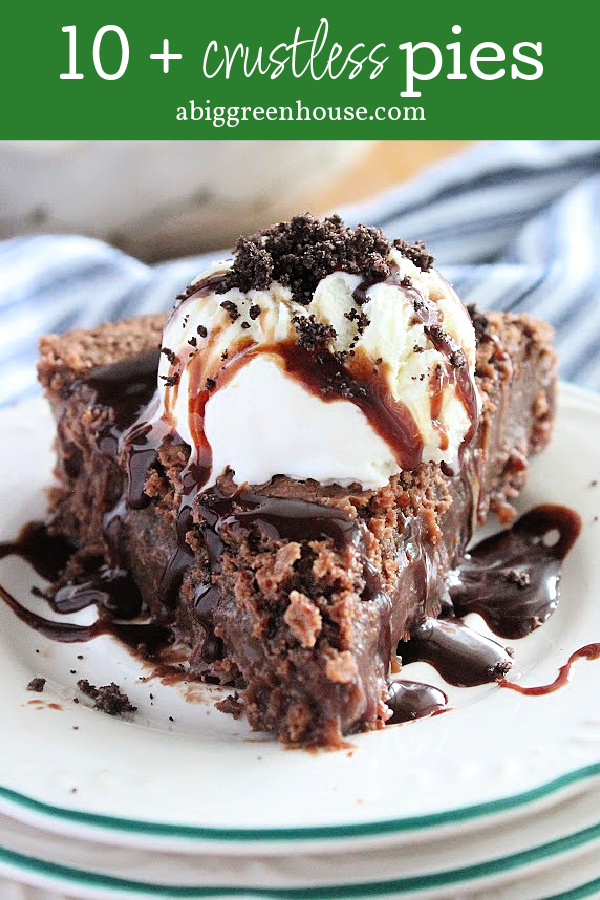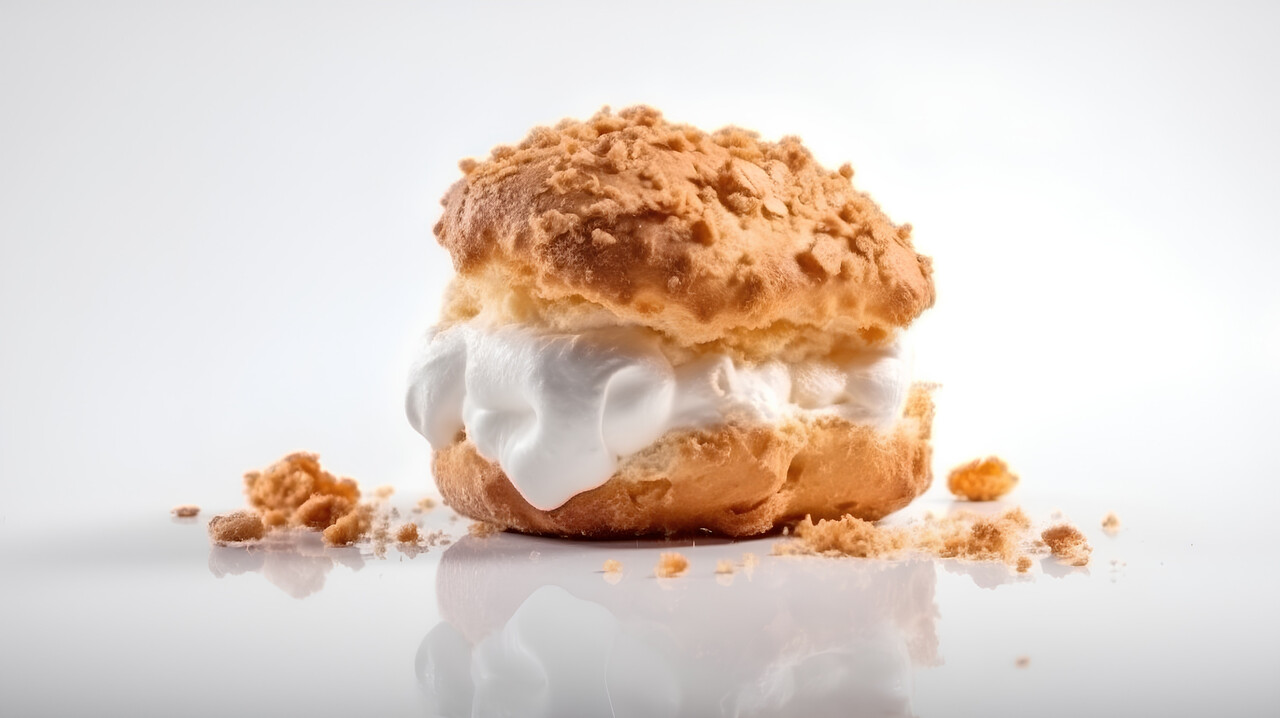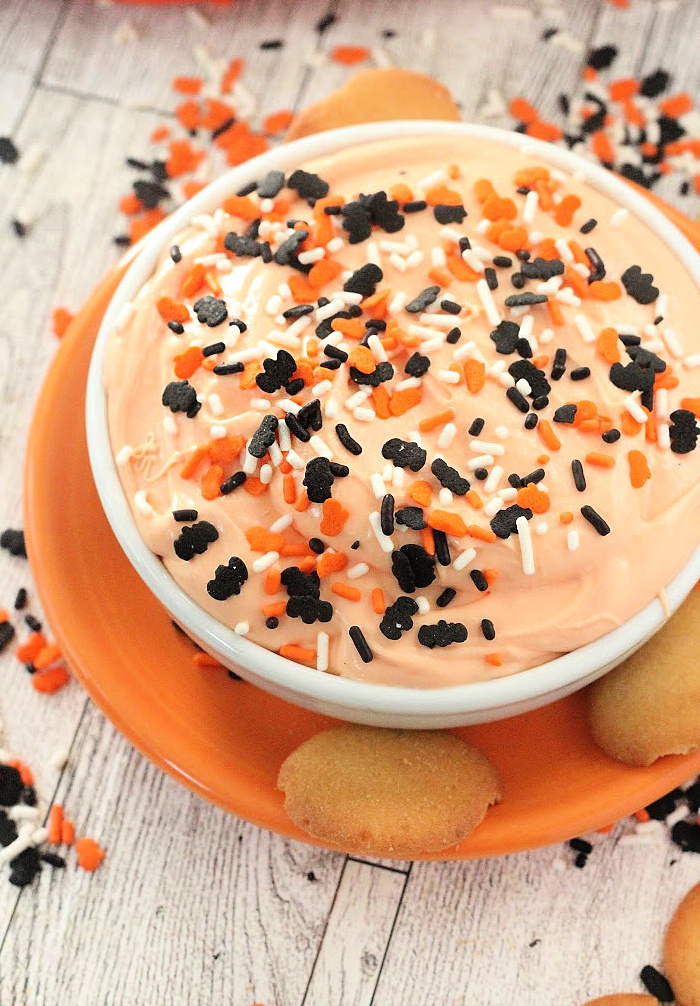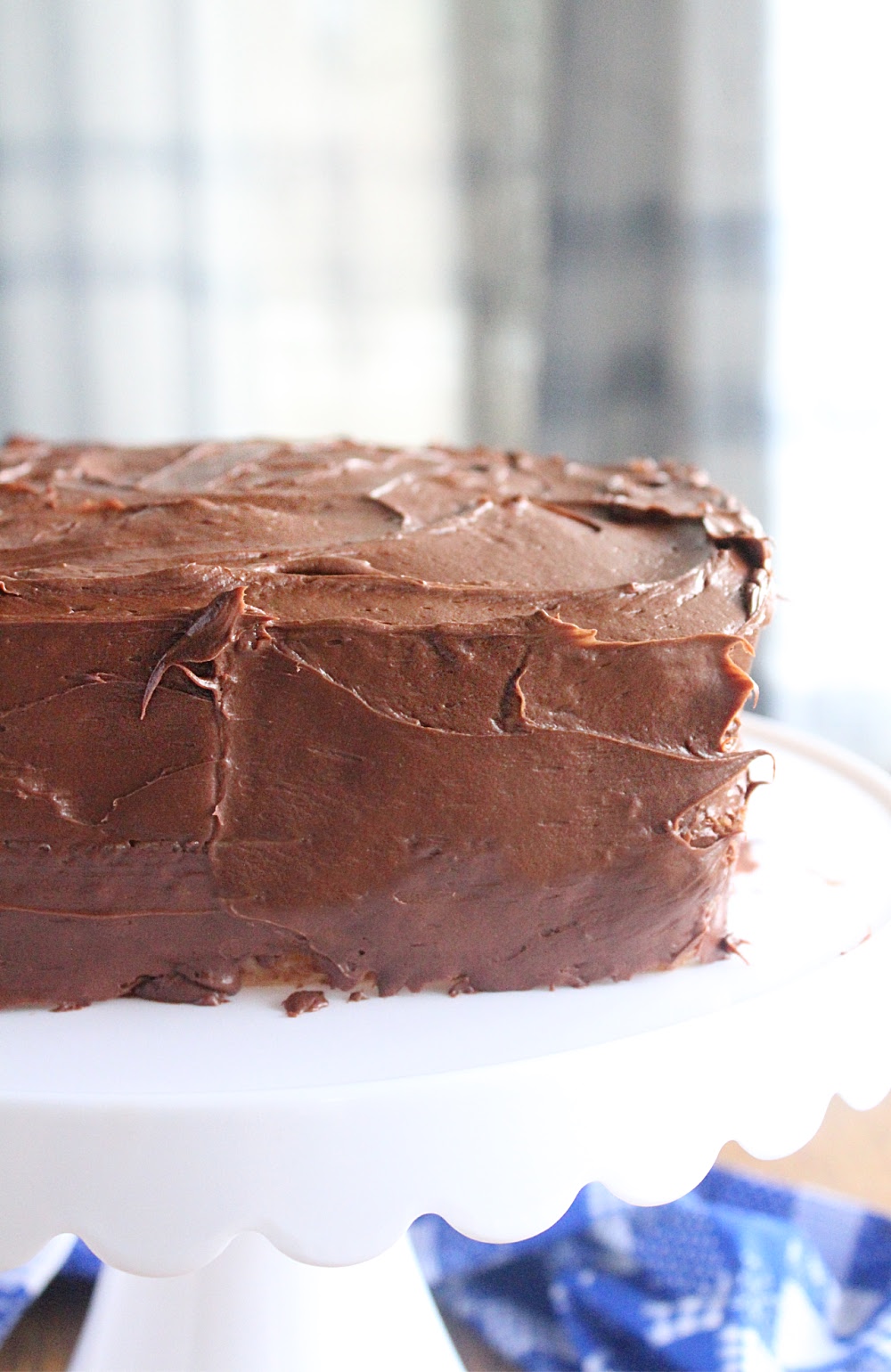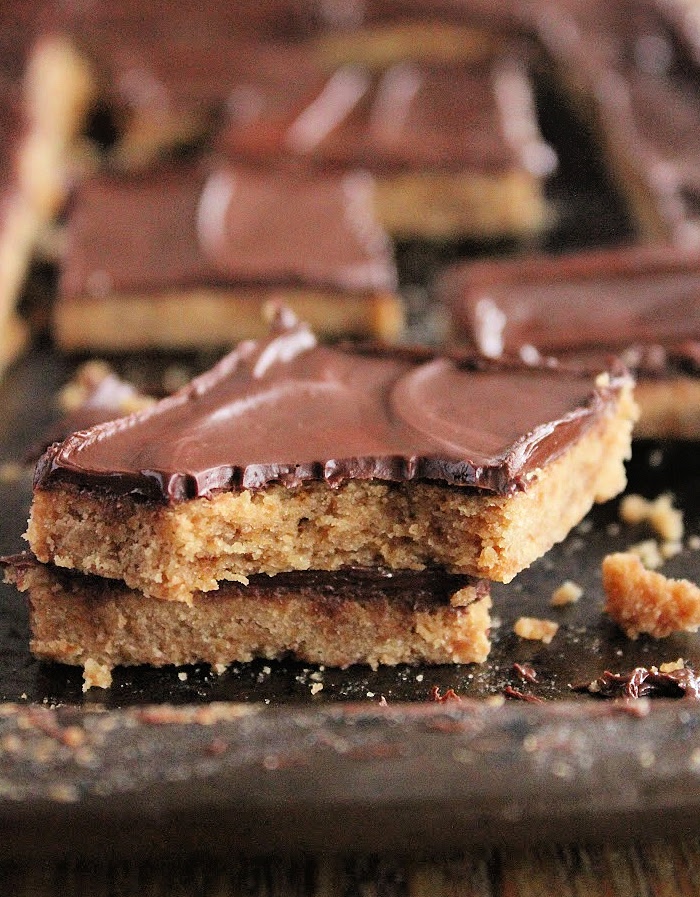10 Global Bakes To Mark United Nations Day With Kids At Home

Celebrate United Nations Day by turning your kitchen into a world of flavors and traditions. These 10 kid-friendly bakes let little hands measure, mix, and shape while exploring cultural stories behind each recipe. From chewy Japanese mochi to buttery British scones and spiced German gingerbread, every treat becomes a playful lesson in creativity, heritage, and togetherness. Baking together turns learning into a joyful, shared experience that celebrates unity and the magic of food.
1. British Scones
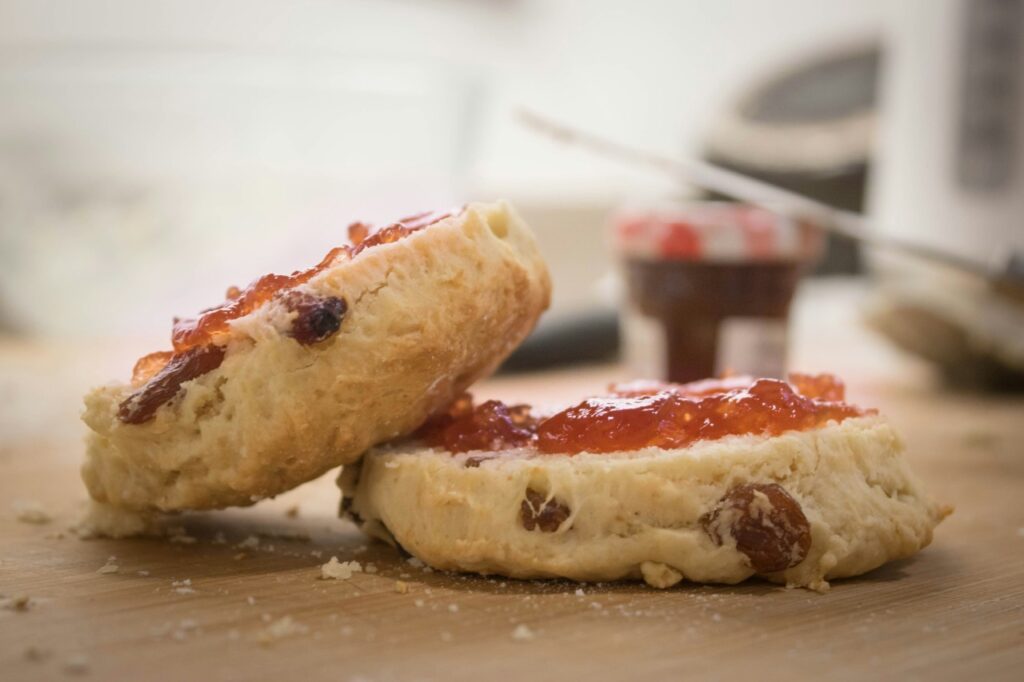
British scones are soft, buttery, and golden, perfect for introducing kids to baking with patience and care. Rolling the dough, cutting rounds, and brushing with milk teaches coordination and focus. Paired with jam and cream, they offer a taste of British teatime and a chance to discuss afternoon tea traditions. Making scones together demonstrates how small, shared rituals and simple treats can create joy, foster connection, and show children the warmth of communal eating.
2. Churros
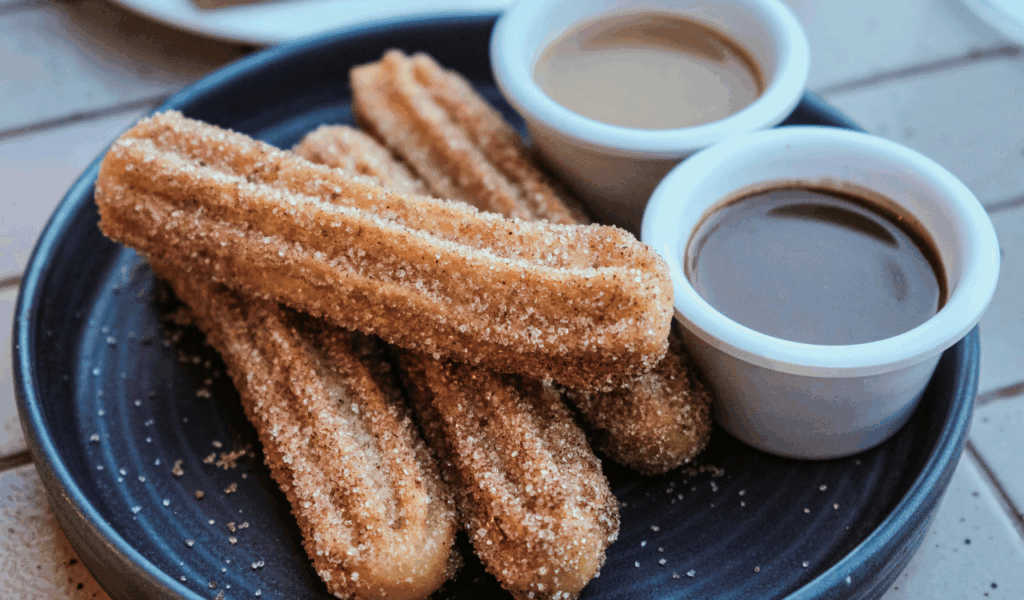
Crispy on the outside and soft inside, churros offer children a fun way to explore Spanish and Latin American flavors. Kids enjoy piping dough into shapes and rolling them in cinnamon sugar before dipping them in chocolate. Churros show how food traditions travel and evolve across regions. Preparing them at home teaches children that sweets are more than treats—they are part of celebrations, street festivals, and family gatherings that unite communities and carry a rich culinary history.
3. Madeleines
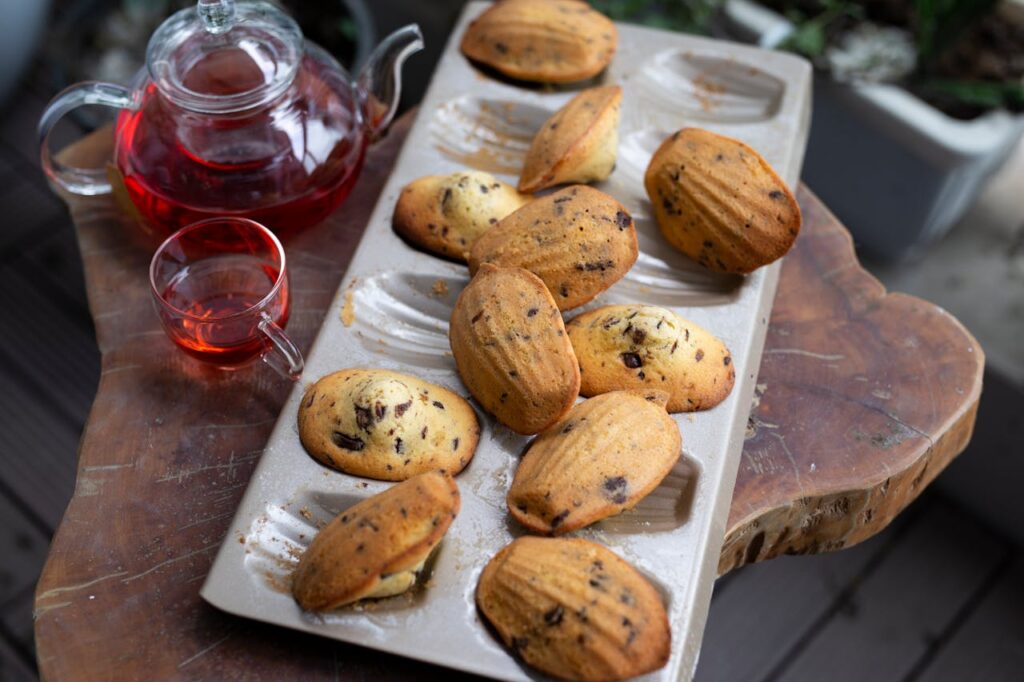
Madeleines are tiny sponge cakes shaped like shells, offering kids a chance to observe how texture and volume change when whisking eggs and sugar. Baking them teaches attention to detail while demonstrating French artistry in everyday life. Enjoying these delicate treats introduces children to cultural customs like teatime or small celebratory snacks. Preparing madeleines together highlights how baking is both creative and precise, showing that food can reflect national traditions while providing a joyful, shared experience.
4. Mochi
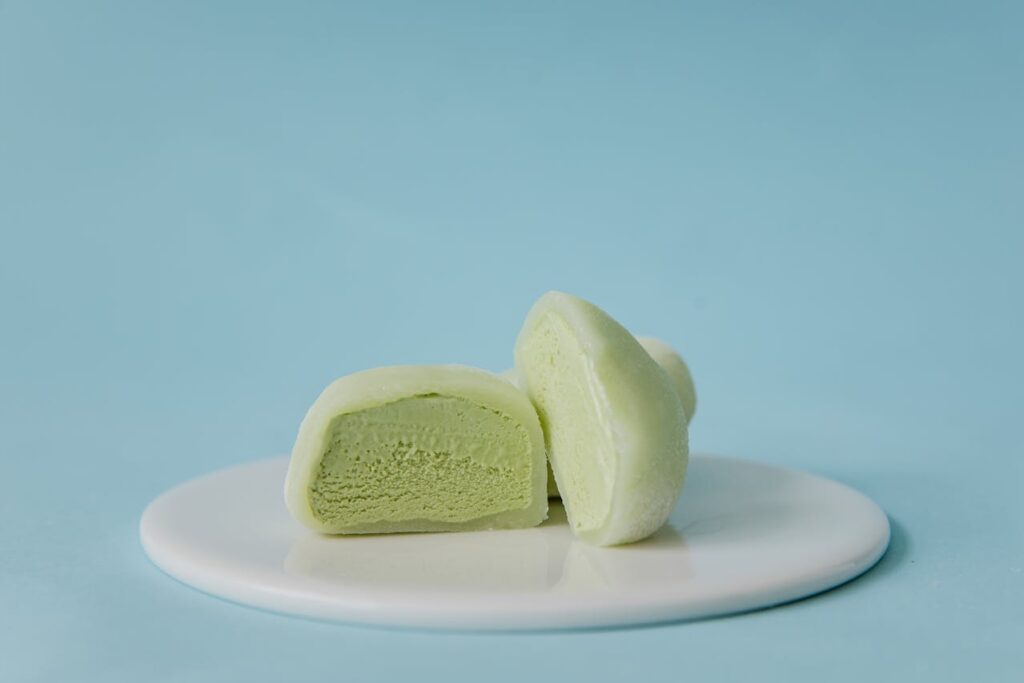
Mochi, chewy rice cakes made from glutinous rice flour, offer a playful hands-on baking experience. Kids can press, shape, and dust mochi, exploring its sticky, soft texture. Traditionally enjoyed during Japanese festivals, mochi symbolizes happiness and good fortune. Preparing it teaches children about teamwork and respect for cultural traditions. Sharing mochi at home introduces them to international celebrations, showing that food can be a joyful bridge between cultures, family, and communal celebrations.
5. Chocolate Chip Cookies
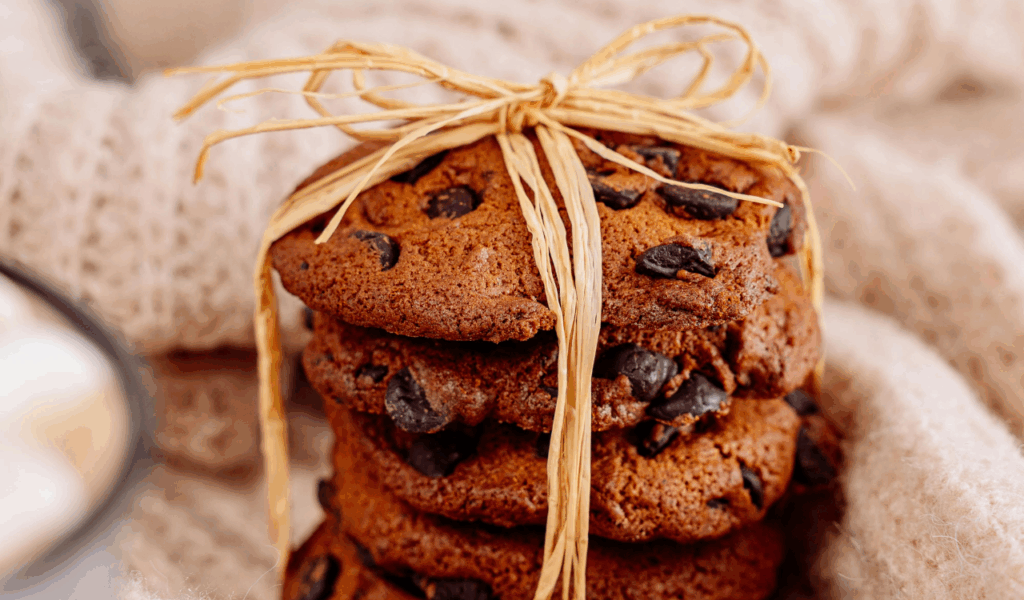
Chocolate chip cookies are simple, versatile, and perfect for children to make, from measuring ingredients to shaping dough. These cookies carry American culinary history and symbolize home comforts. Baking them at home provides lessons in creativity, patience, and care. Sharing freshly baked cookies demonstrates how food strengthens bonds within families and communities. Children learn that even everyday desserts can reflect tradition, encourage togetherness, and connect generations through flavors and memories.
6. Lamingtons
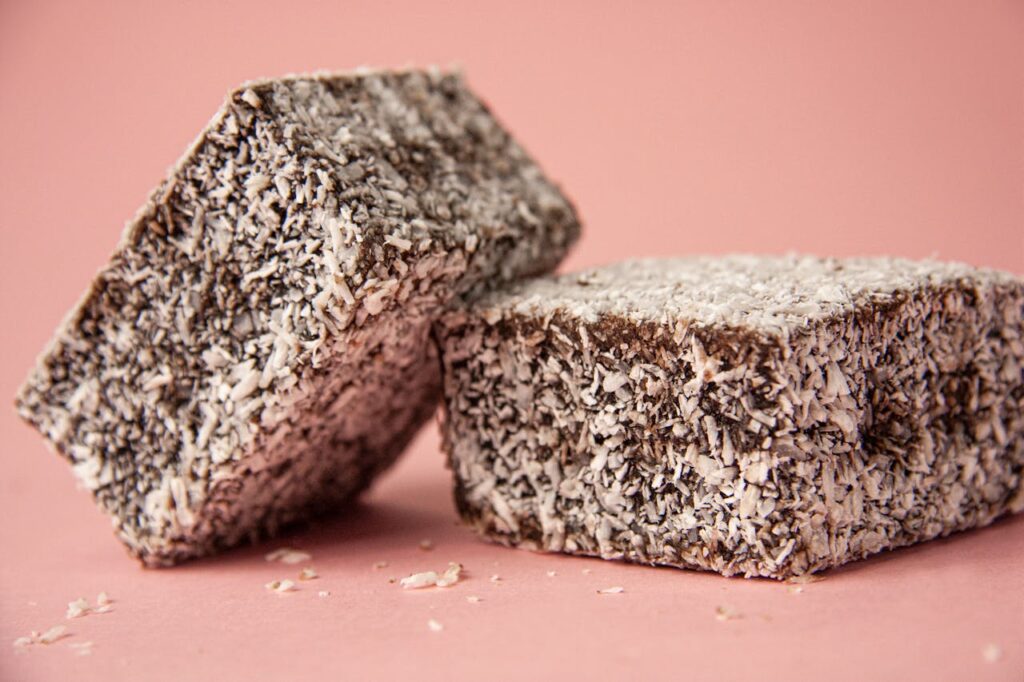
Lamingtons are sponge squares coated in chocolate and rolled in coconut, offering a tactile and fun baking experience for kids. Dipping and rolling pieces teaches coordination and creativity while showing how desserts can be interactive. Lamingtons are a symbol of Australian community events and fundraisers, reflecting the nation’s love for sharing sweet treats. Preparing them together highlights the social and cultural power of food, showing children that desserts can be joyful, collaborative, and meaningful beyond their taste.
7. Alfajores
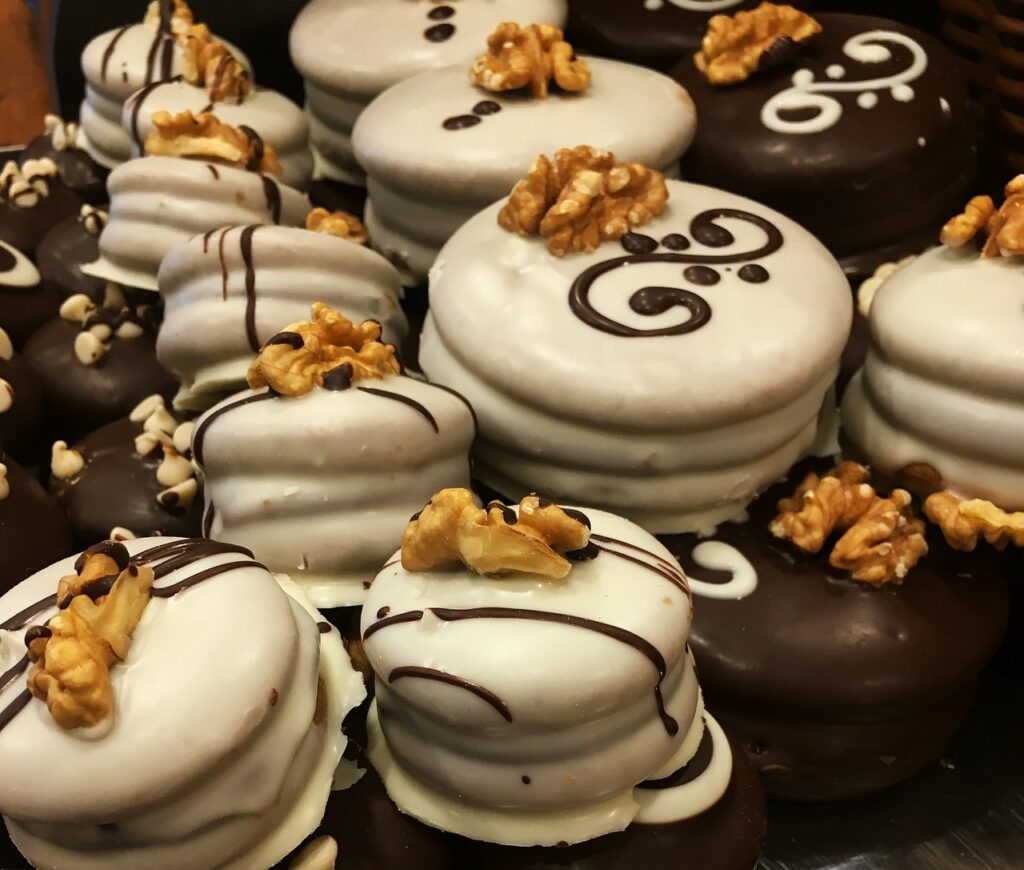
Alfajores are soft sandwich cookies filled with creamy dulce de leche, offering kids a hands-on baking and decorating experience. Rolling, filling, and dusting the cookies introduces precision and creativity while teaching about South American culture. These treats show the fusion of European and Indigenous influences in Latin American cuisine. Making alfajores together teaches children that sweets are more than dessert; they celebrate heritage, encourage hospitality, and connect families across regions through flavor, tradition, and shared enjoyment.
8. Basbousa
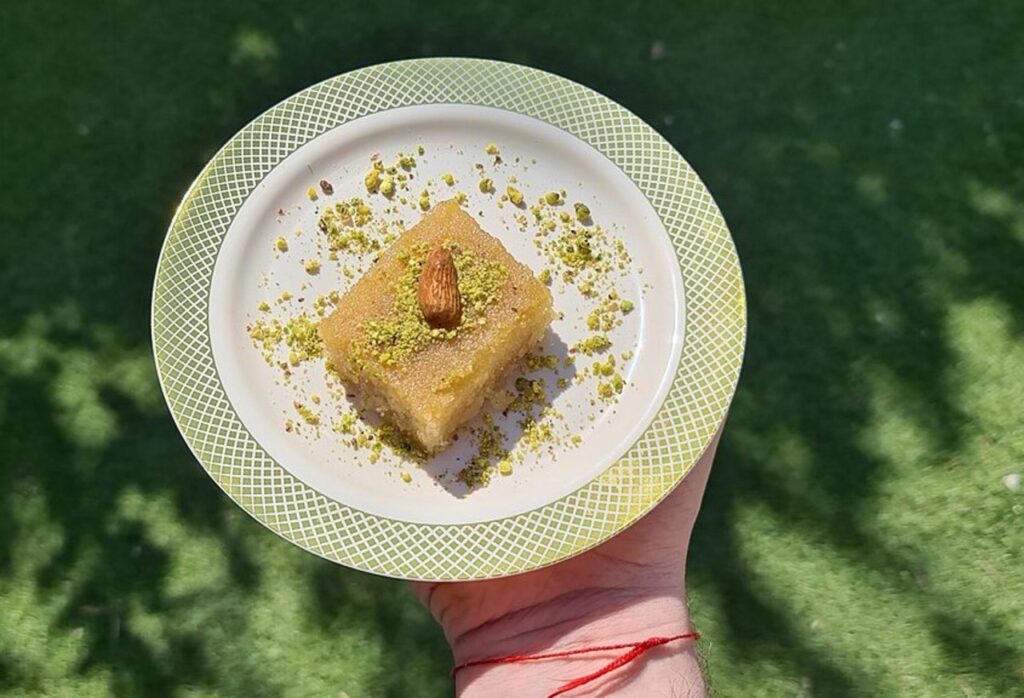
Basbousa is a semolina cake soaked in syrup, simple yet steeped in Middle Eastern culture. Kids can mix ingredients, spread batter, and decorate with almonds or coconut while learning about textures and transformation during baking. Basbousa symbolizes generosity, hospitality, and celebration in Middle Eastern traditions. Preparing it together helps children understand how food brings people together for festivals, milestones, and family gatherings. Baking basbousa introduces the idea that cooking is both cultural storytelling and a shared experience.
9. Swiss Roll
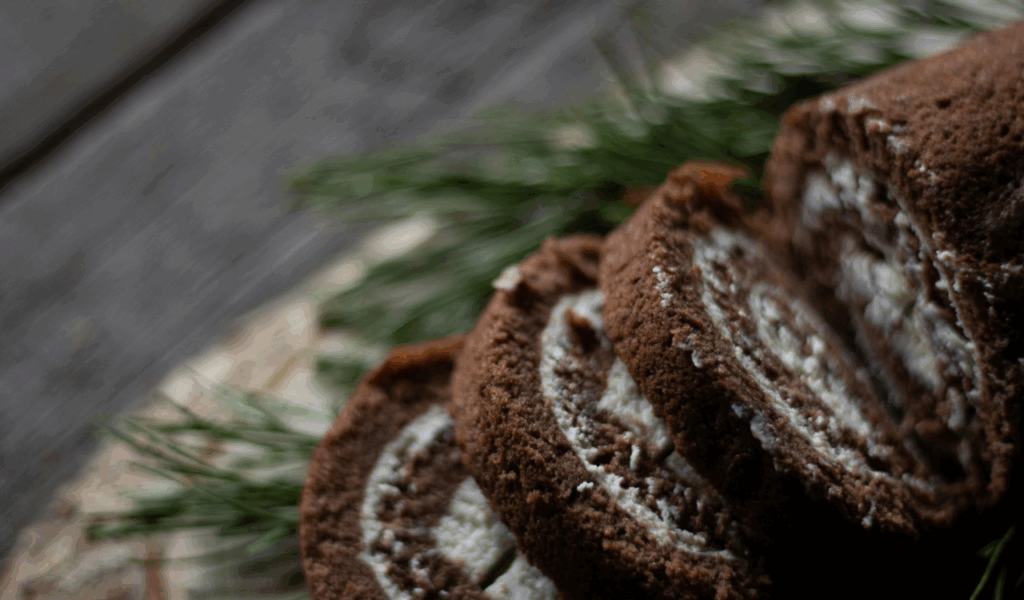
A Swiss roll is a sponge cake rolled with jam or cream, teaching kids precision and patience in baking. Children can spread fillings evenly and practice rolling the sponge without cracking it. Swiss rolls reflect Swiss craftsmanship and an attention to detail that extends from daily life to culinary art. Preparing them together encourages mindfulness, creativity, and teamwork. Sharing the finished dessert demonstrates how baking can combine fun, skill, and culture while creating an opportunity for children to learn about care, presentation, and tradition.
10. Gingerbread Men
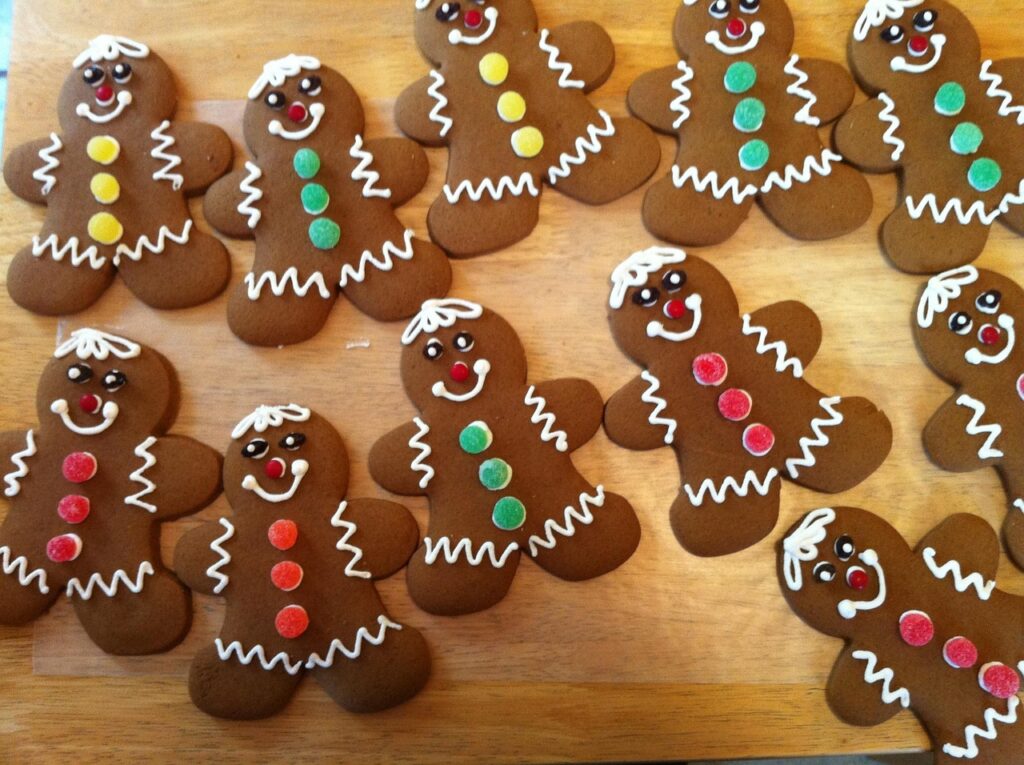
Gingerbread men are spiced cookies that blend creativity and history, perfect for children to shape, bake, and decorate. Originating in medieval Germany, these cookies have become a global holiday tradition. Making them teaches kids about the journey of recipes across cultures and the meaning behind spices like ginger and cinnamon. Decorating gingerbread men encourages imagination and storytelling. Baking them together allows children to explore cultural traditions, festive joy, and the idea that even small treats can carry rich stories and shared experiences.
